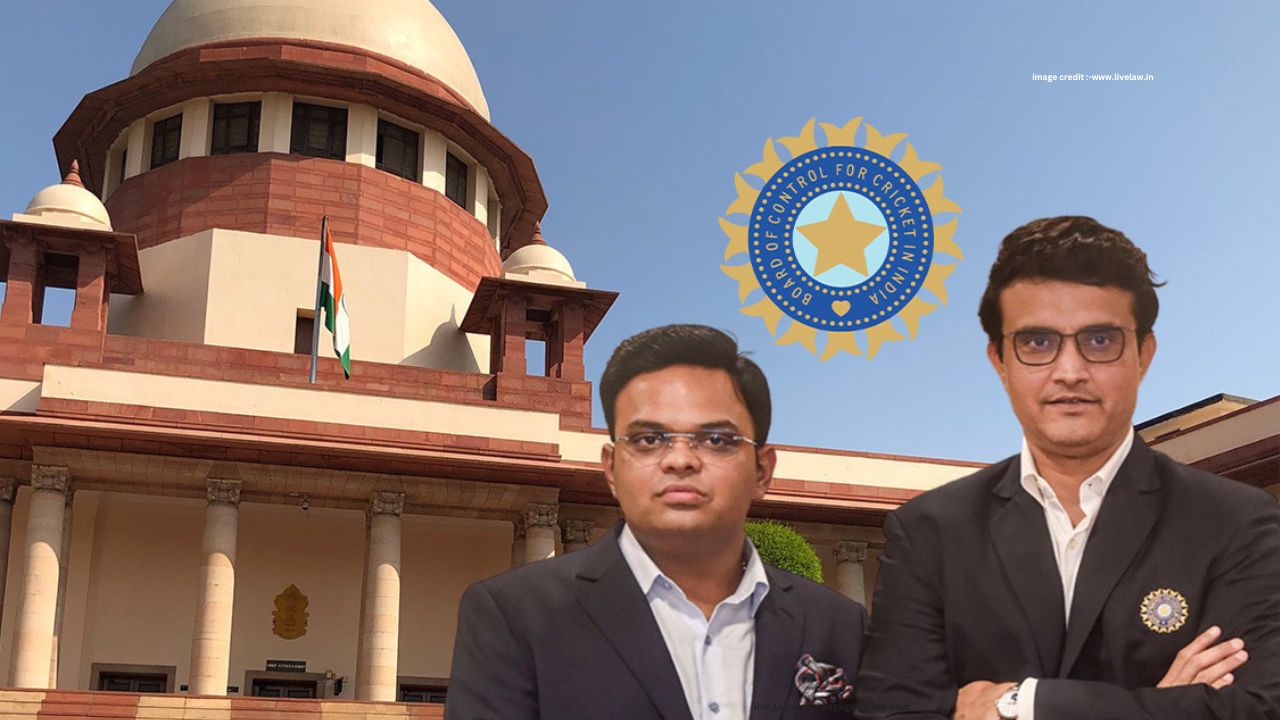IPL Match Fee: A significant announcement made by the Board of Control for Cricket in India (BCCI) may alter the financial situation for cricket players playing in the Indian Premier League (IPL). A new match fee structure for IPL players was presented on Saturday by BCCI Secretary Jay Shah. Players will be able to make extra money on top of their agreed-upon auction price thanks to this.
The main points of this news and its possible effects on players, teams, and the IPL’s future will be covered in detail in this article.
What is the New ‘IPL Match Fee’?
Cricket players will receive a match fee for every game they play in addition to their auction price, a first since the IPL started in 2008. This was implemented as a means of compensating players for their IPL performances that were consistently above average.
In the past, IPL cricket players were only compensated according to the contracts they won at the player auction. Their only source of income was whatever their team was prepared to pay them for the season. But now that the new match fee structure is in place, each player will receive an additional INR 7.5 lakh for each match they participate in.
Potential Earnings for Star Players
To demonstrate the financial advantages of this new approach, consider elite athletes such as Virat Kohli, Rohit Sharma, and Jasprit Bumrah. Since there are often 14 league matches, they stand to earn an additional INR 1.05 crore if they play every game for their respective teams. This sum is on top of the base salary outlined in their contract.
For example, if Rohit Sharma, a player for the Mumbai Indians, has a contract of INR 15 crore, then he will earn INR 16.05 crore overall if he plays every league game. Players are greatly motivated to perform well each game and maintain their fitness levels throughout the season by this bonus.
What Does This Mean for Franchises?
To pay these match expenses, franchises will need to set aside extra money. Jay Shah claims that each team will set aside INR 12.60 crore every season just for match fees. It is anticipated that this extra funding would increase competition, with athletes striving to compete in every game and stay at the peak of their game.
But there might be more pressure on teams to properly manage their player rosters as a result of this new financial structure. With great players commanding large match fees, they will need to strike a balance between the size of their roster and the workload of their players to prevent injuries.
Impact on Player Motivation
Player motivation is probably going to be directly impacted by the match fee implementation. Cricket players are inclined to do more effort to maintain optimal physical fitness and prevent injuries that could prevent them from participating in matches, as their extra incentive is directly linked to the quantity of games they play.
This action may also lessen the number of times players choose to take a nap during league games in order to conserve energy for playoff or international competition. It matches the incentives of the players with the organization, who wants its finest players to be available for every match.
With a lengthy and demanding season ahead of them, players who would otherwise be inclined to take a break will have an additional financial incentive to play. This might result in more competitive play and thrilling games for spectators.
What Does This Mean for the IPL?
As Jay Shah phrased it, this decision ushers in a “new era” for the Indian Premier League. It is anticipated that the match fee system will improve the tournament’s overall caliber. World-class cricket players are drawn to the Indian Premier League (IPL), which has long been one of the richest and most competitive T20 tournaments in the world.
Now that there are more financial incentives available, more players may choose to focus their IPL commitments over other domestic or international competitions. Additionally, it might encourage players to maintain peak physical condition throughout the season, which would guarantee better results and better cricket for spectators to enjoy.
Retentions and the Upcoming Mega Auction
The match price announcement coincides with an important meeting between the IPL Governing Council and club owners, where retention procedures will be decided in advance of the forthcoming mega auction. With the adoption of the Right To Match (RTM) card, which enables franchises to retain a player by matching the highest bid made for them during the auction, it is anticipated that teams would be able to keep a maximum of six players.
Regarding the retention guidelines, franchise owners disagree somewhat, nevertheless. According to reports, teams like Kolkata Knight Riders (KKR), Mumbai Indians (MI), and Chennai Super Kings (CSK) are in favor of keeping more players. They would be able to retain the key players who have produced results on a regular basis.
Conversely, teams like as the Delhi Capitals (DC), Punjab Kings (PBKS), and Royal Challengers Bangalore (RCB) would rather see a new group of players added to the pool for the auction. More fresh players in the auction, in their opinion, would level the playing field and enable teams to reassemble their rosters.
With the major auction set for November of this year, the ultimate retention decision should be revealed shortly.
A Game-Changing Move for Players and Franchises
The Indian Premier League’s historic move to implement a match fee will reward players for their performance and consistency. Prominent athletes like Jasprit Bumrah, Rohit Sharma, and Virat Kohli stand to gain a lot of more money, and this will encourage every player to play every game and perform well.
In order to balance their budget between player contracts and match costs, teams will need to manage their finances and teams carefully as a result of this move. On the other hand, it is anticipated that increased competition and player motivation will elevate the IPL’s playing standards and increase audience excitement.
The new match fee policy may have significant effects on the IPL’s future, especially with the player retention policies about to be approved and the mega auction approaching. As the Indian Premier League embarks on a new chapter of cricketing greatness, both players and fans have a lot to look forward to.
Read more news like this on www.msn.com

